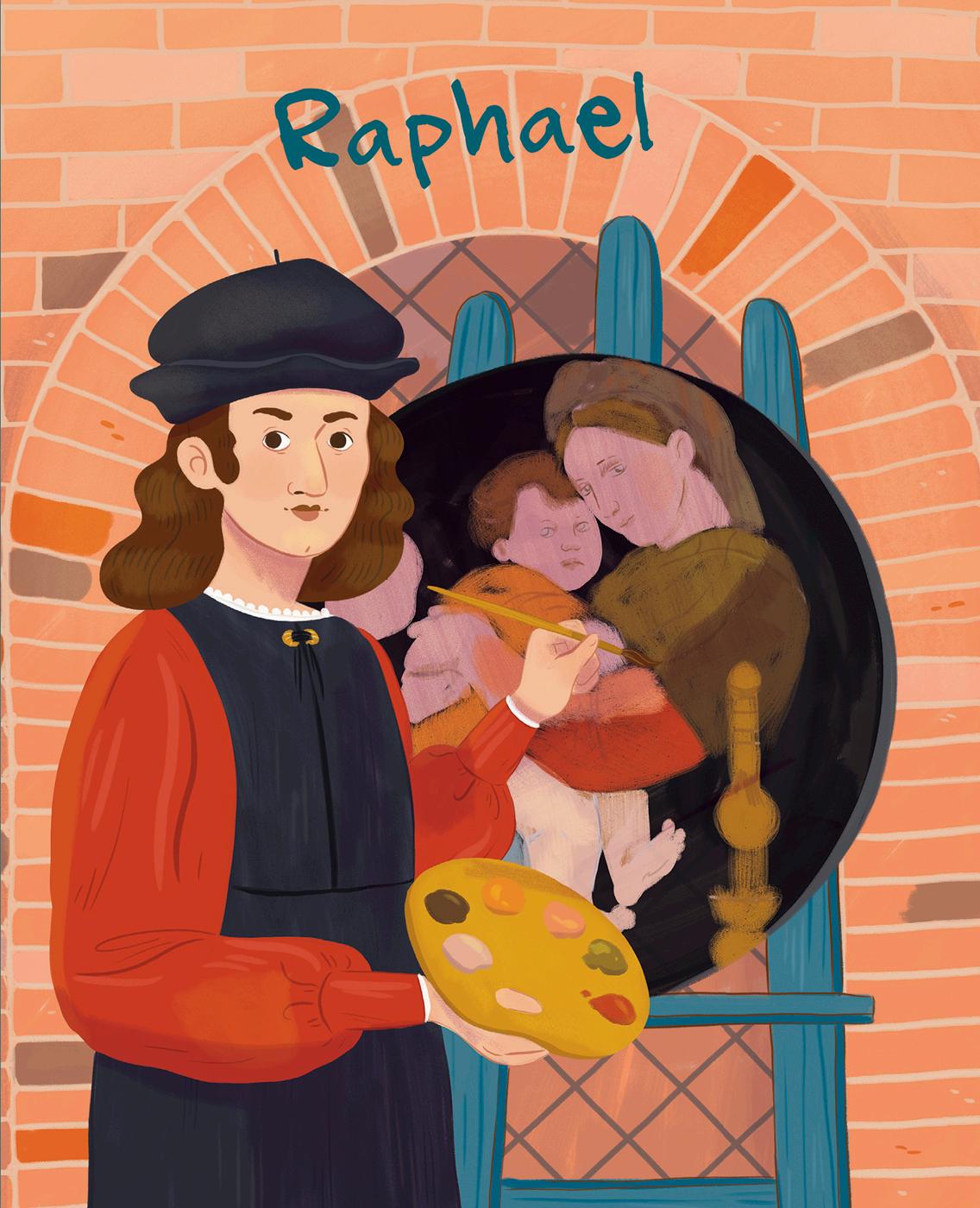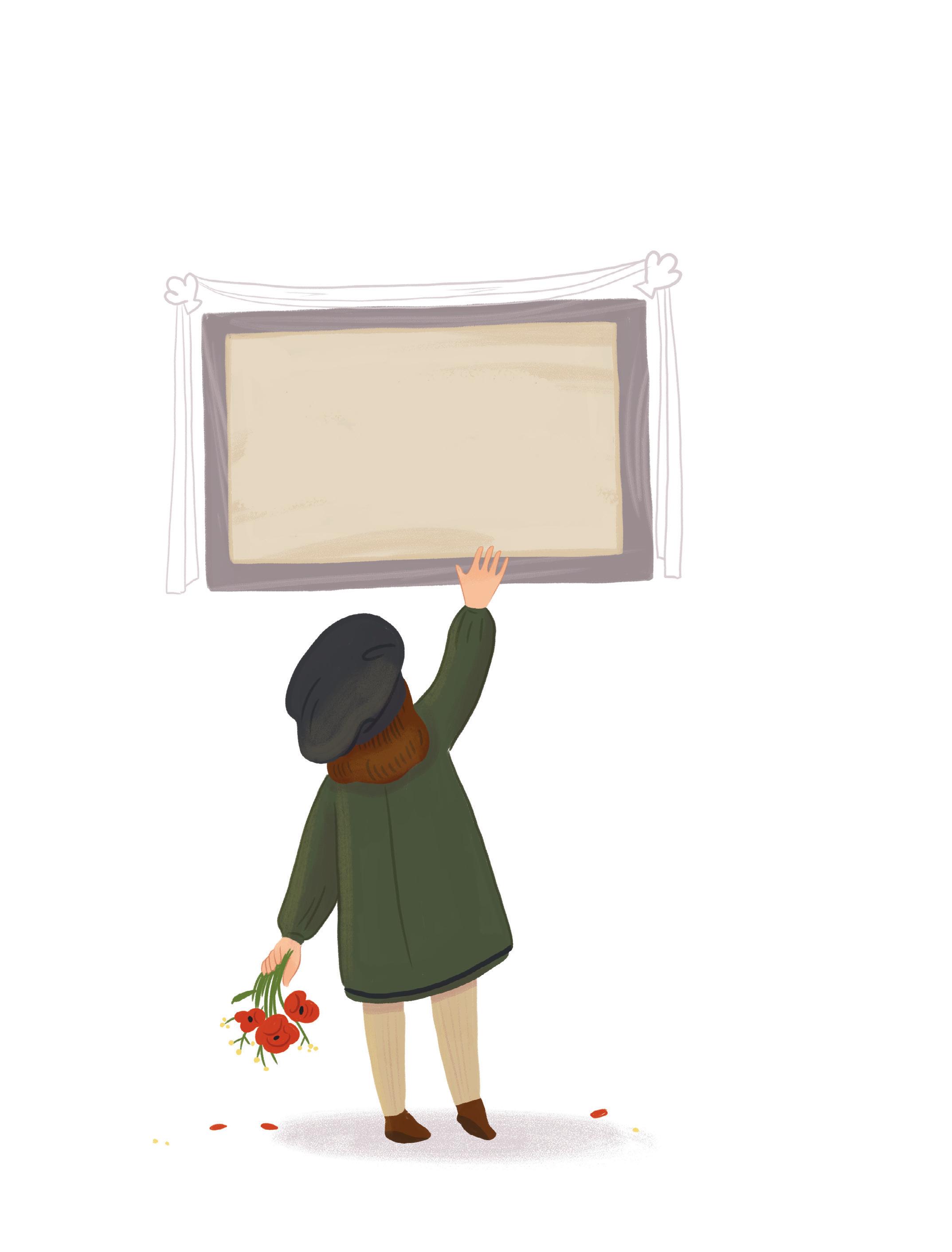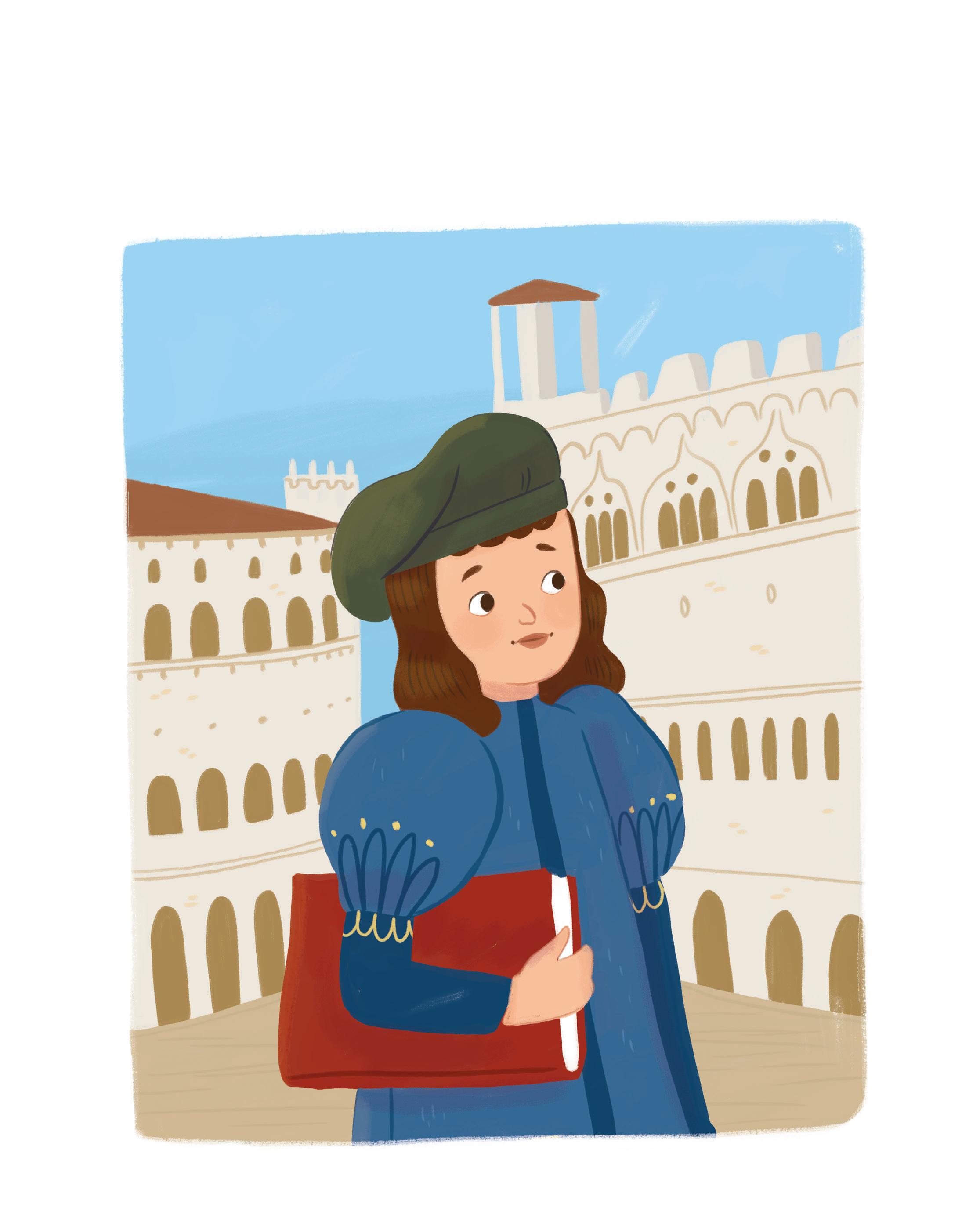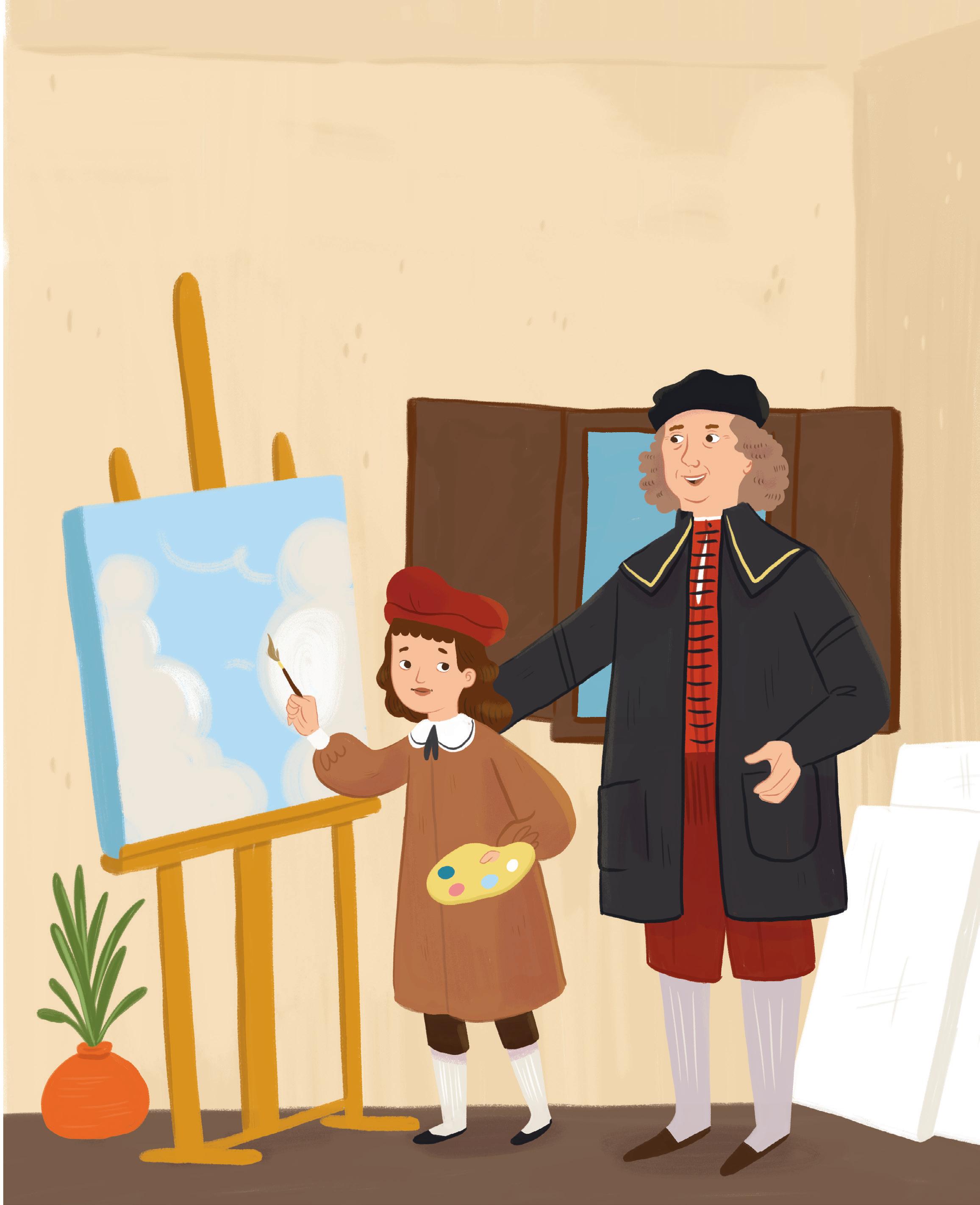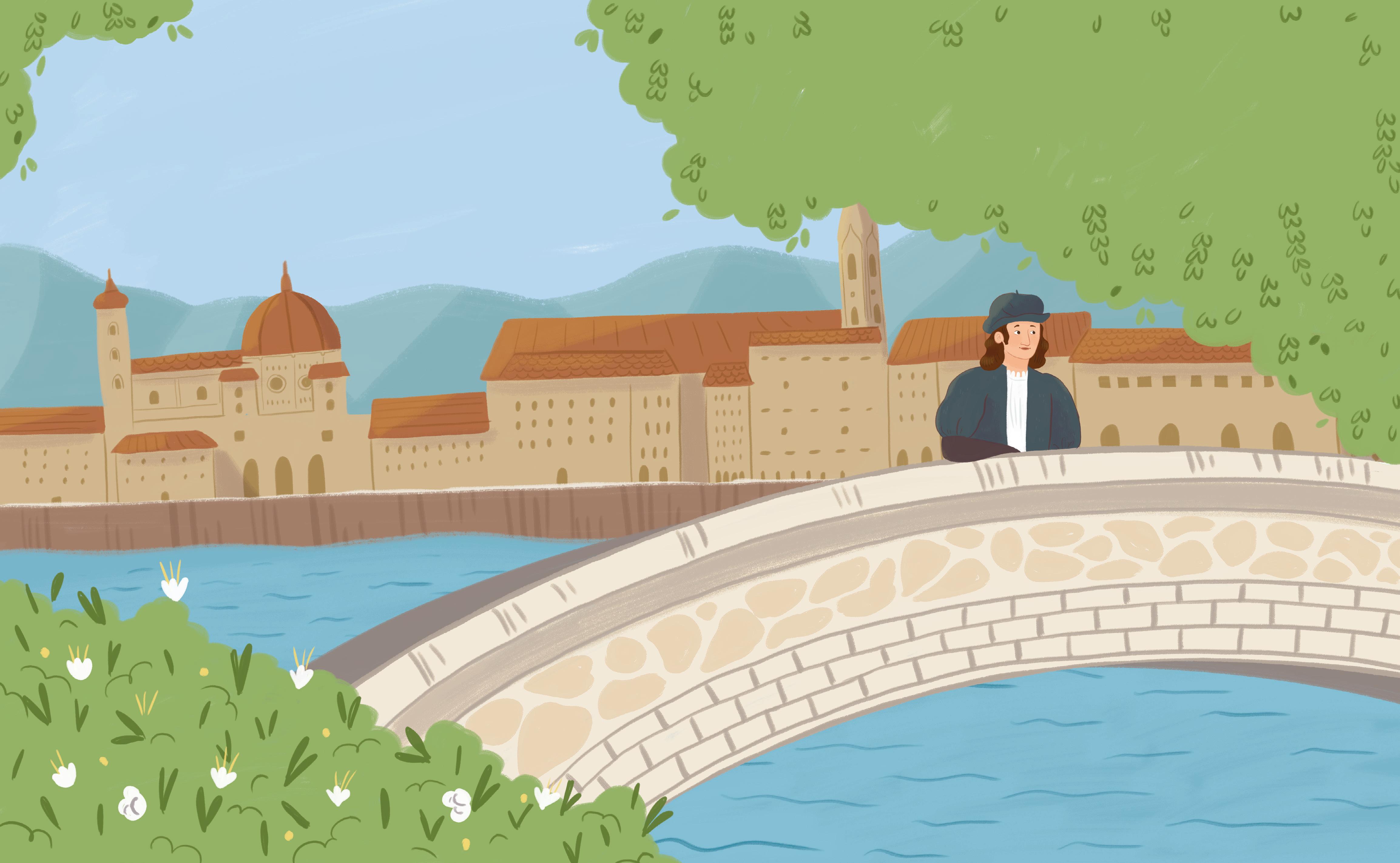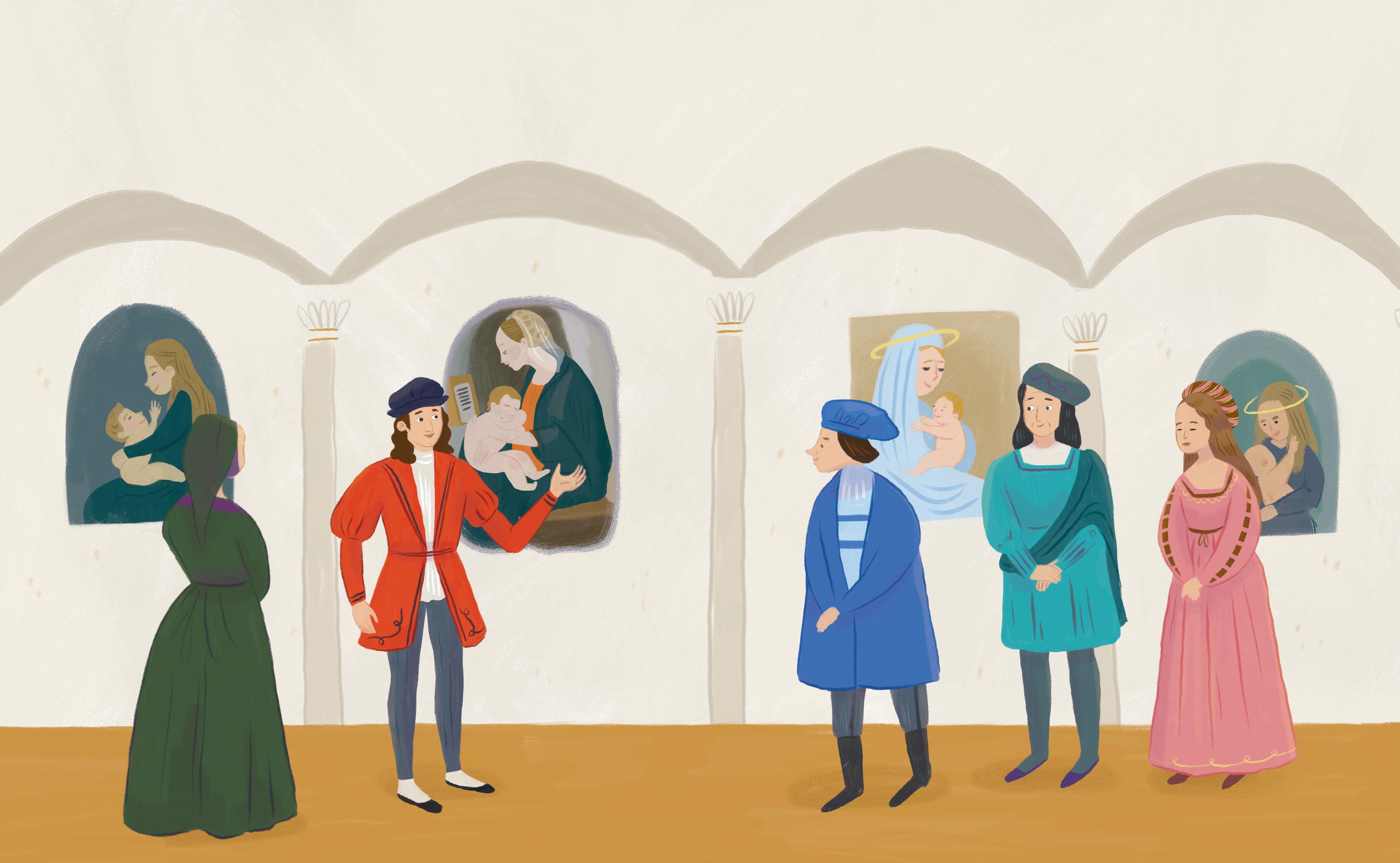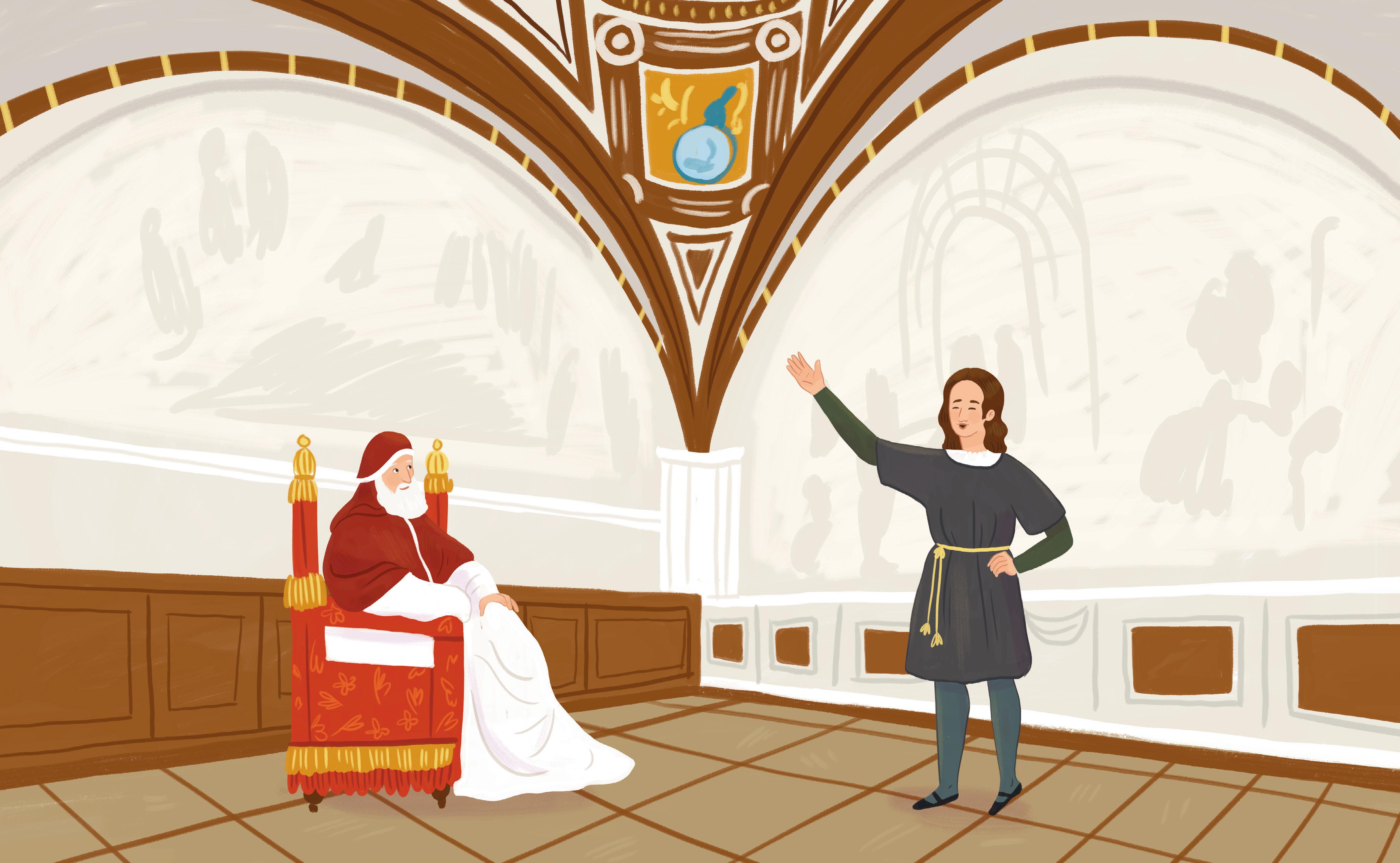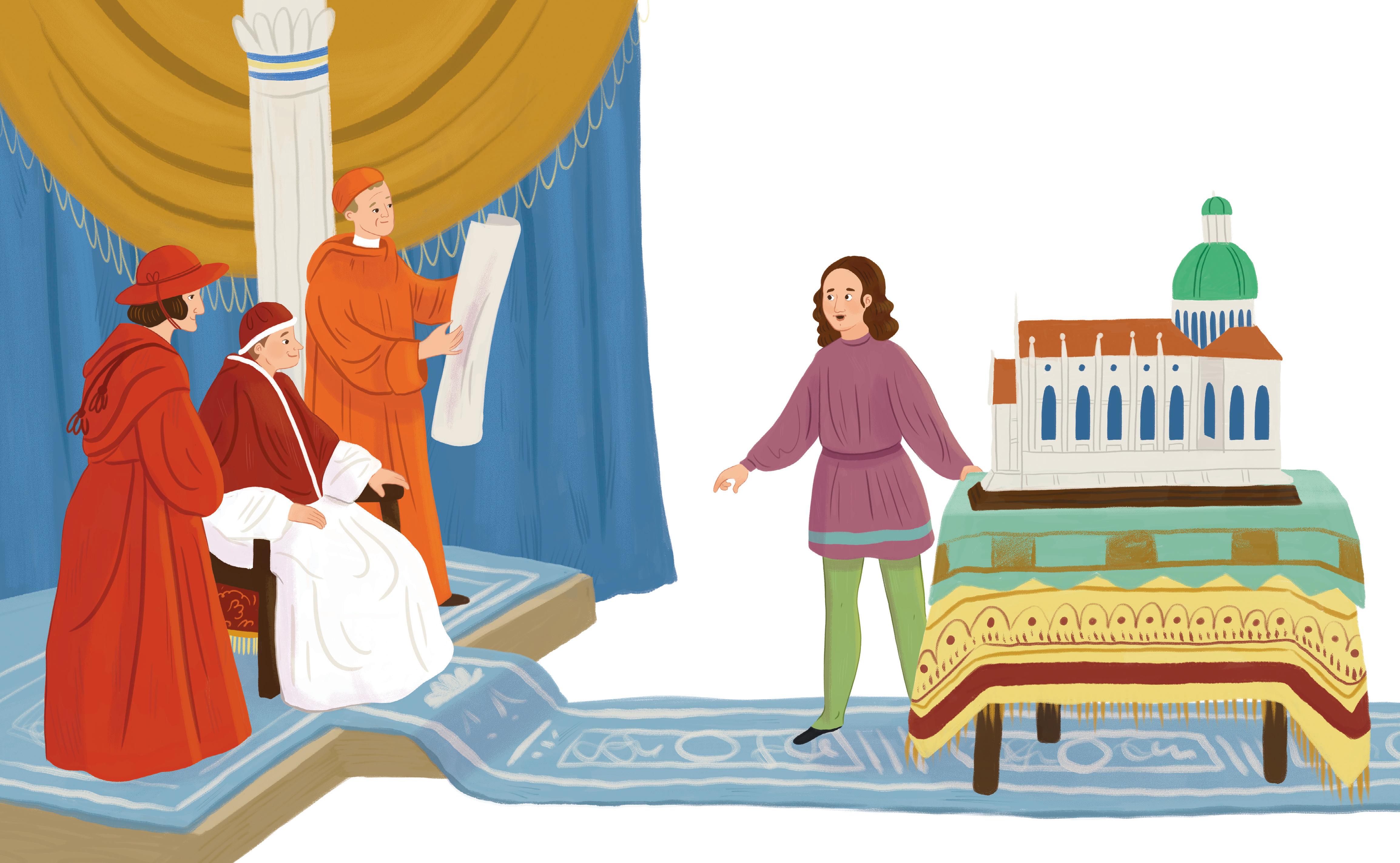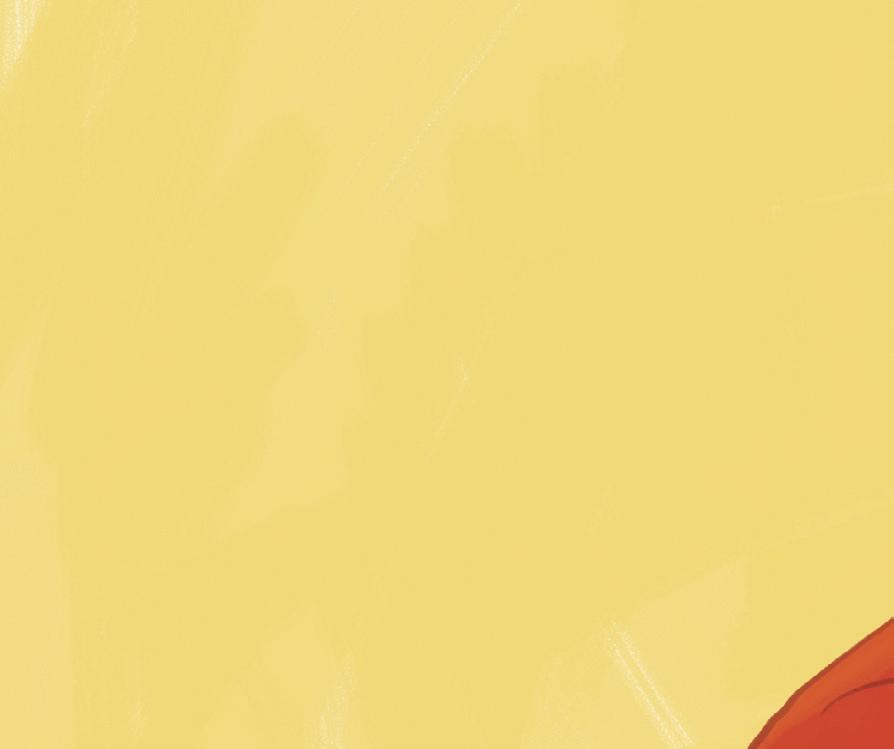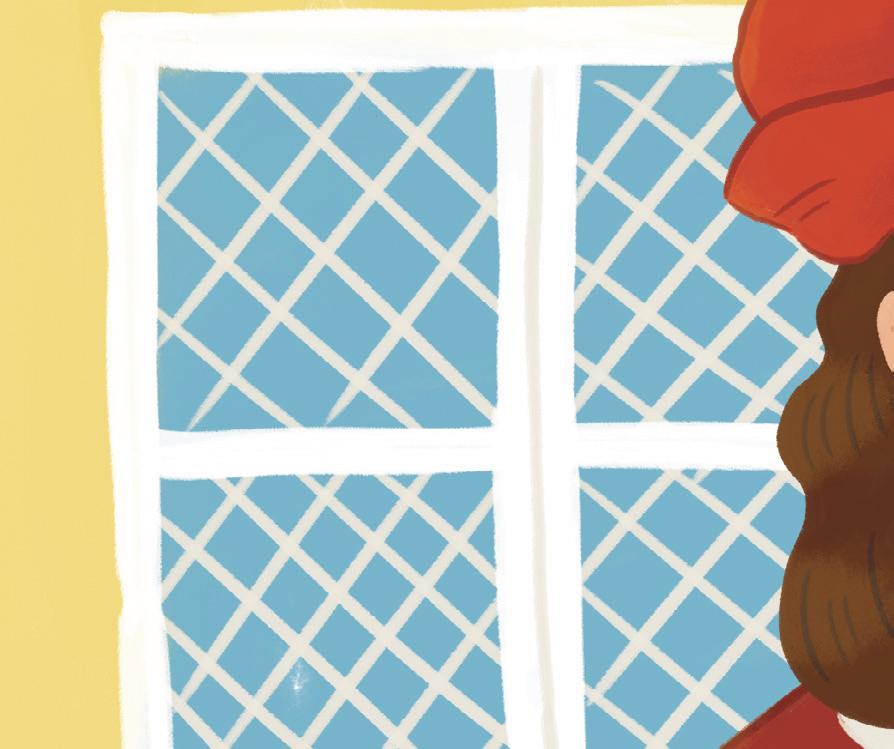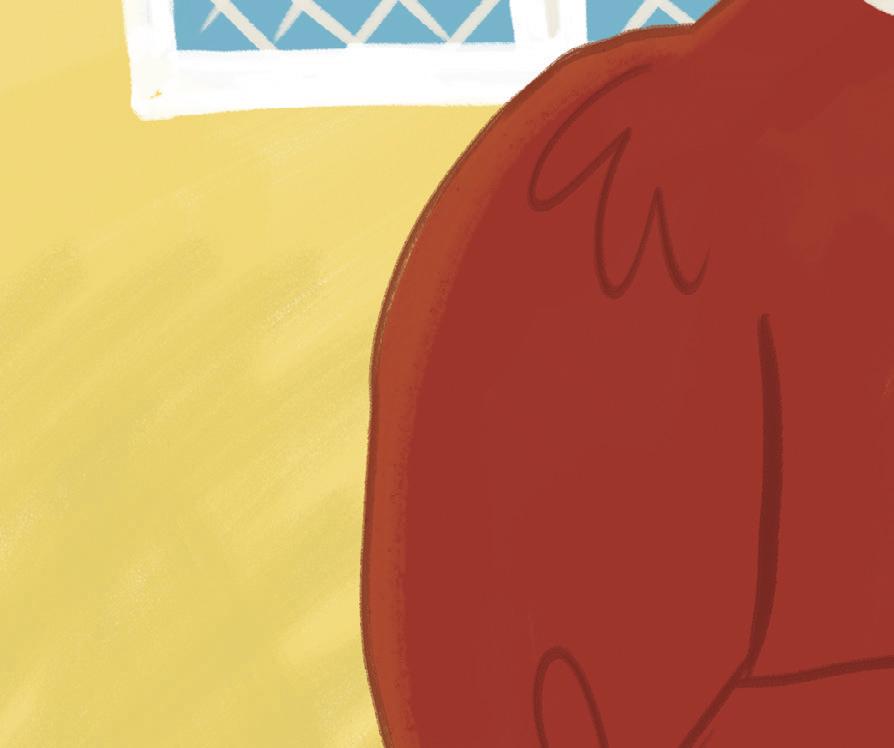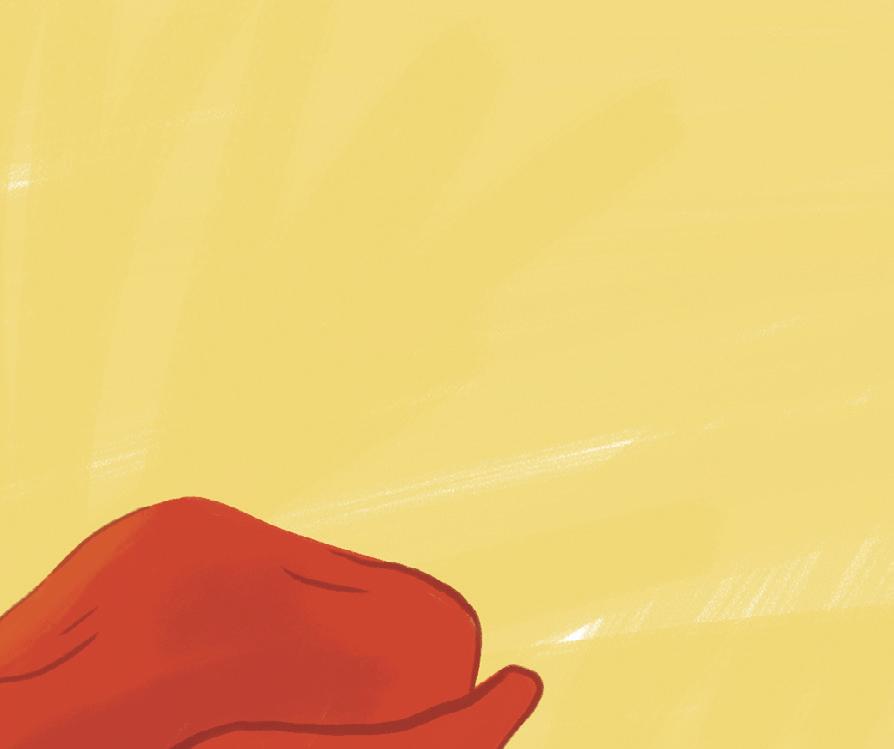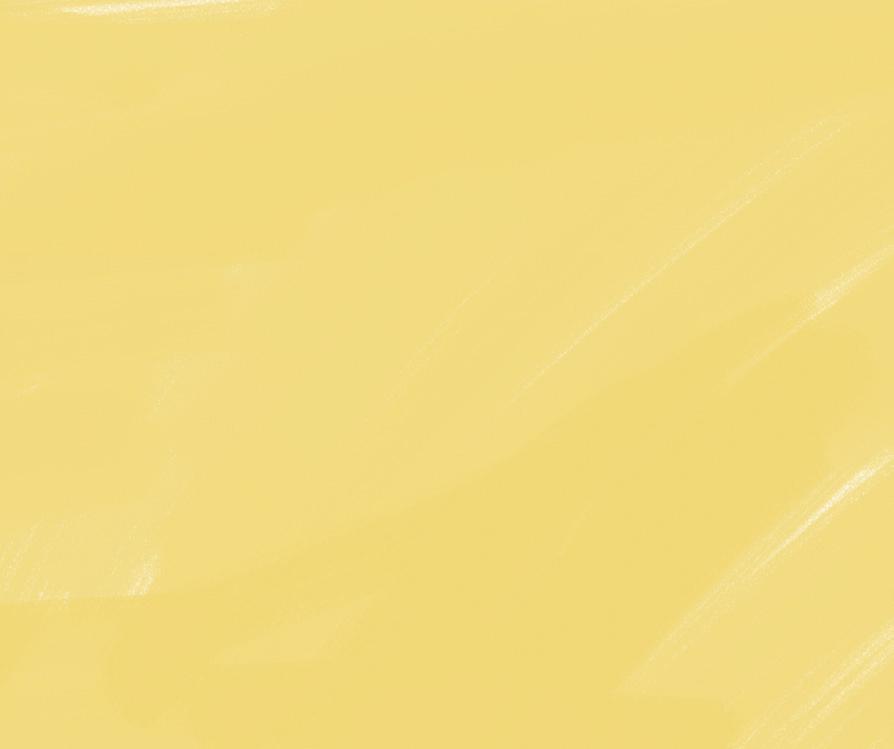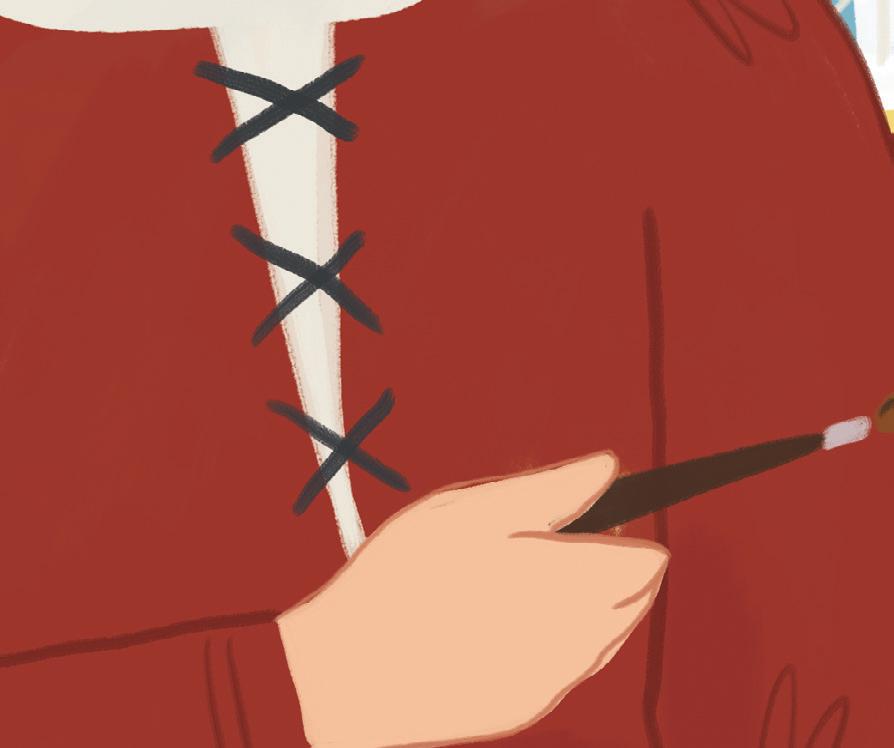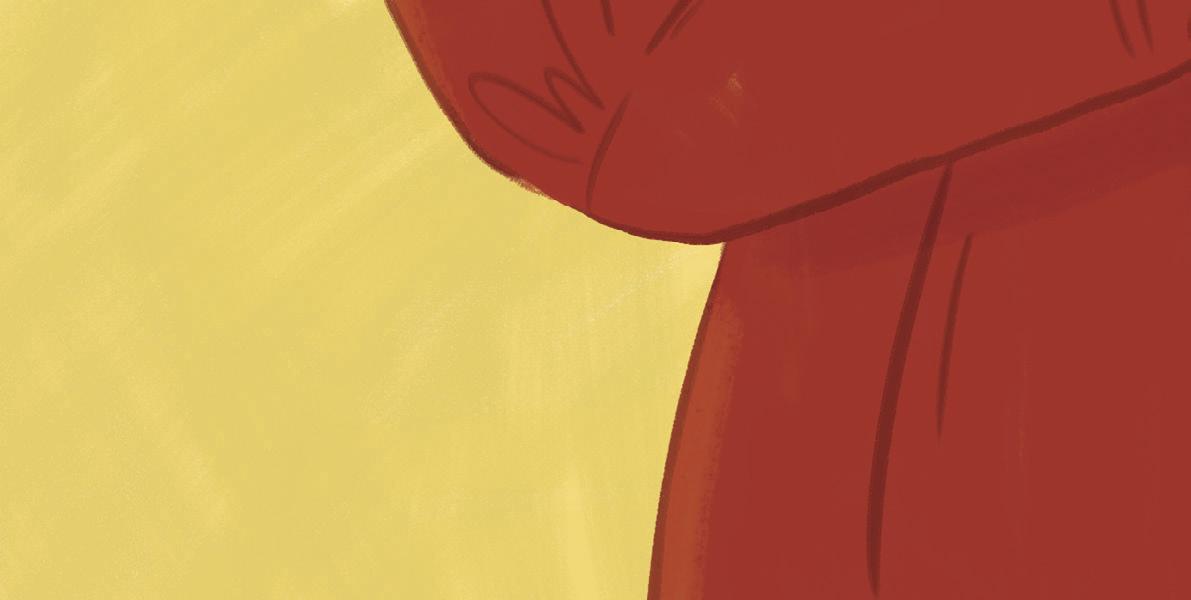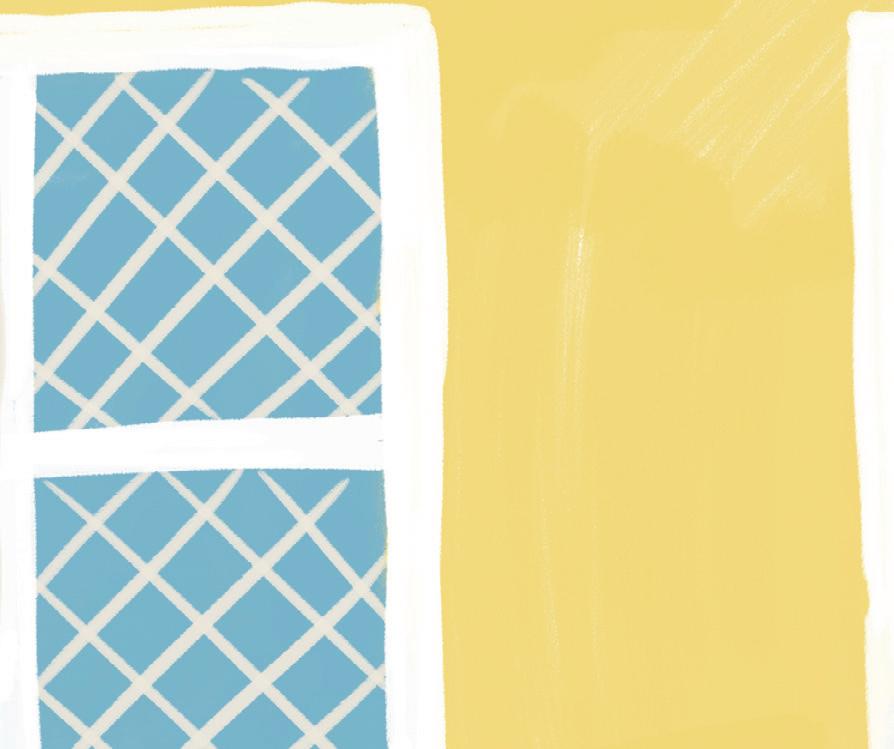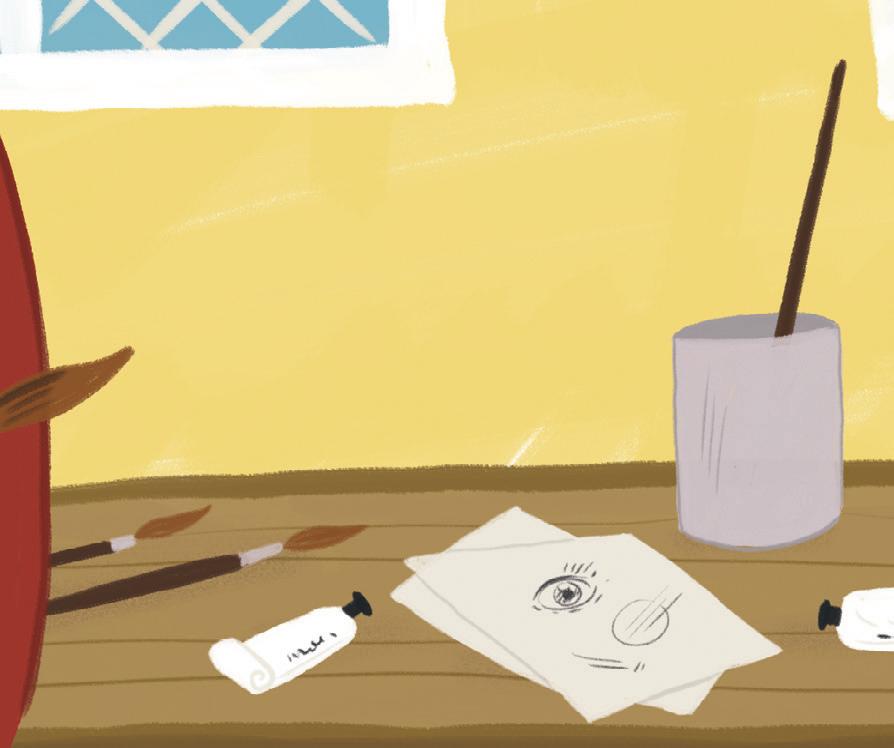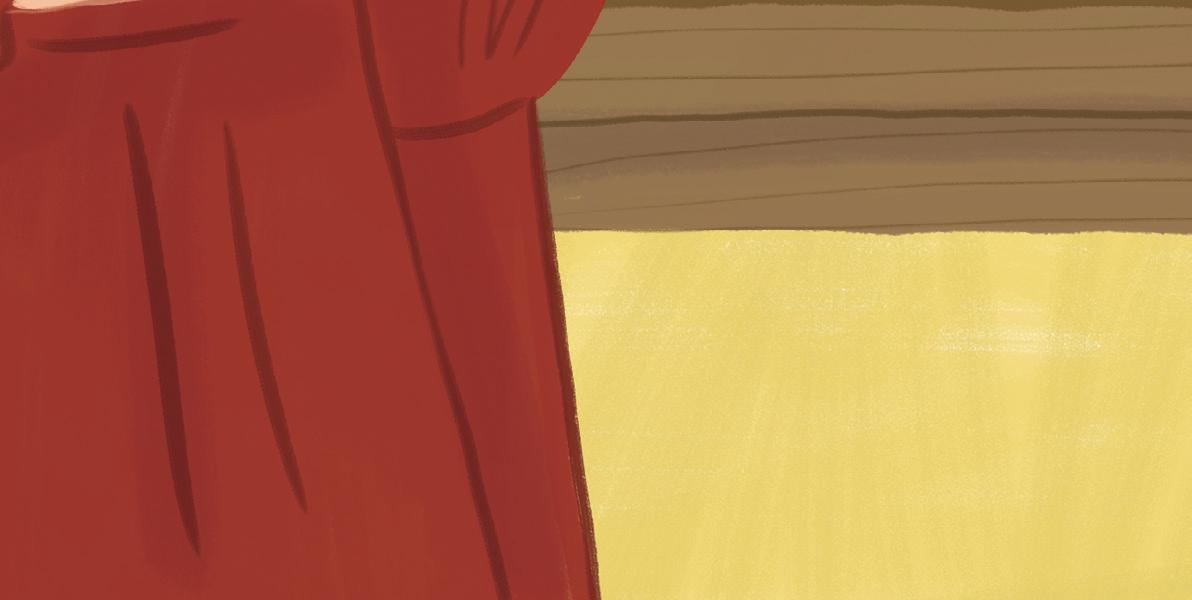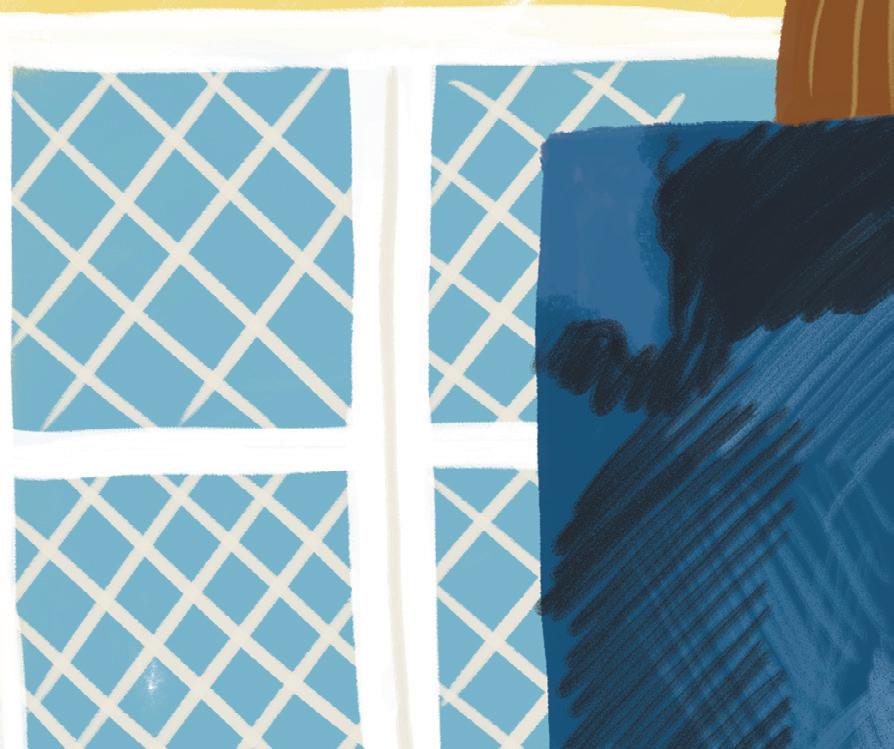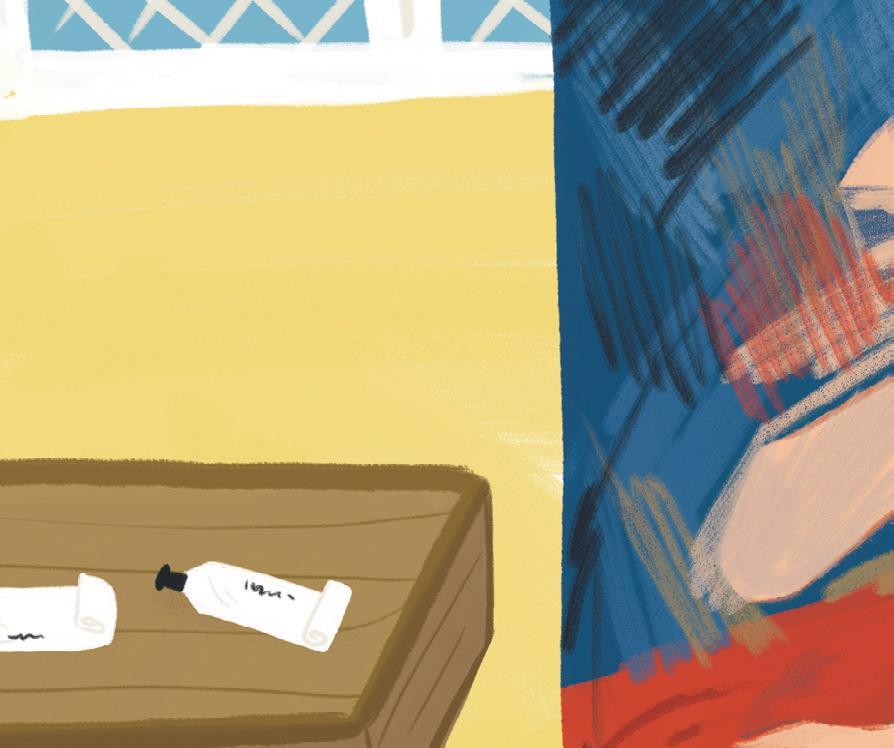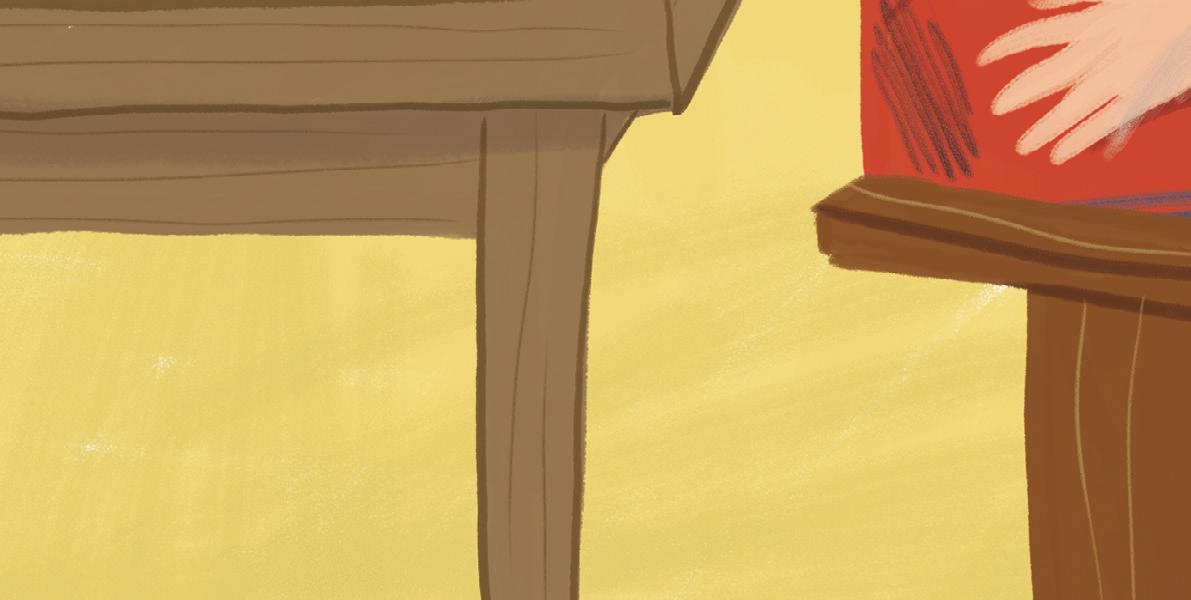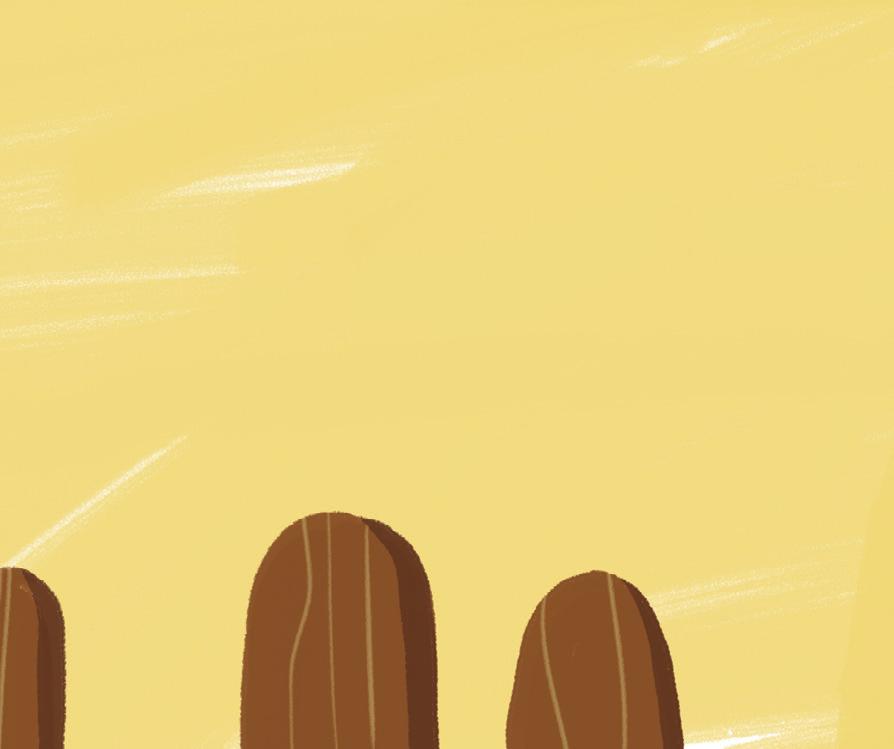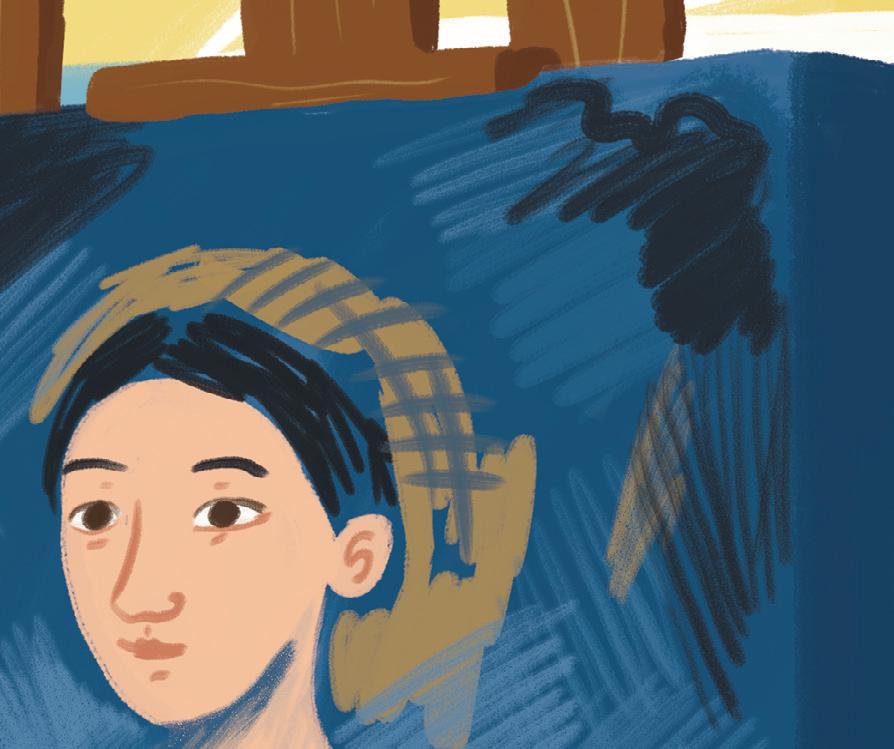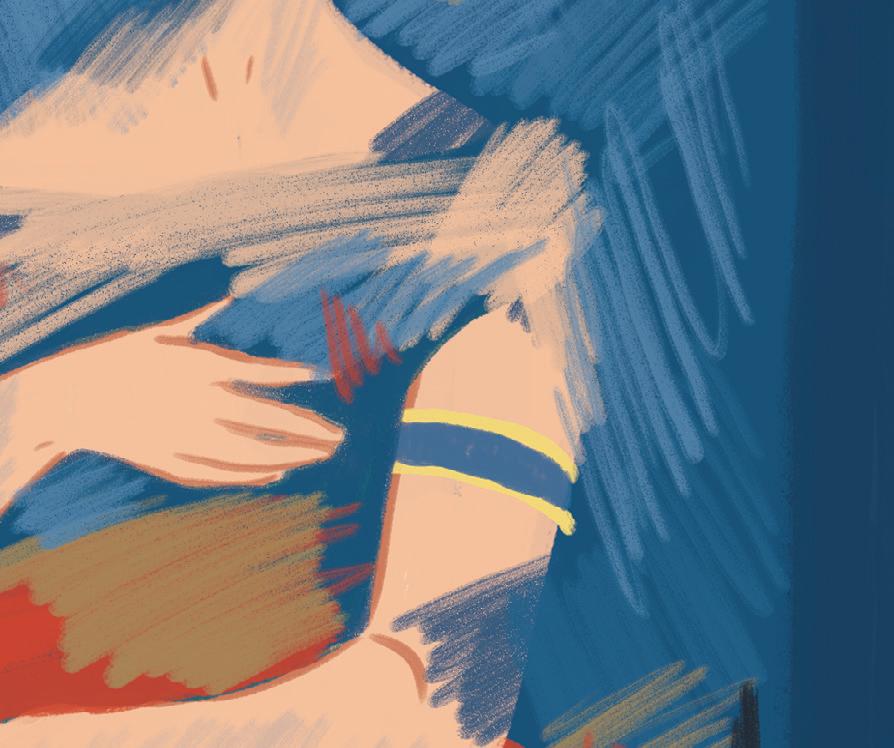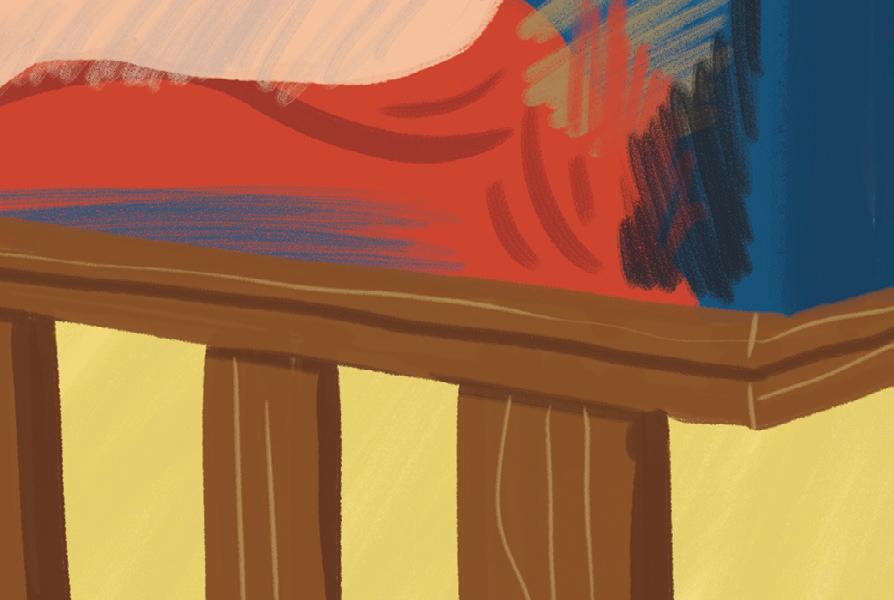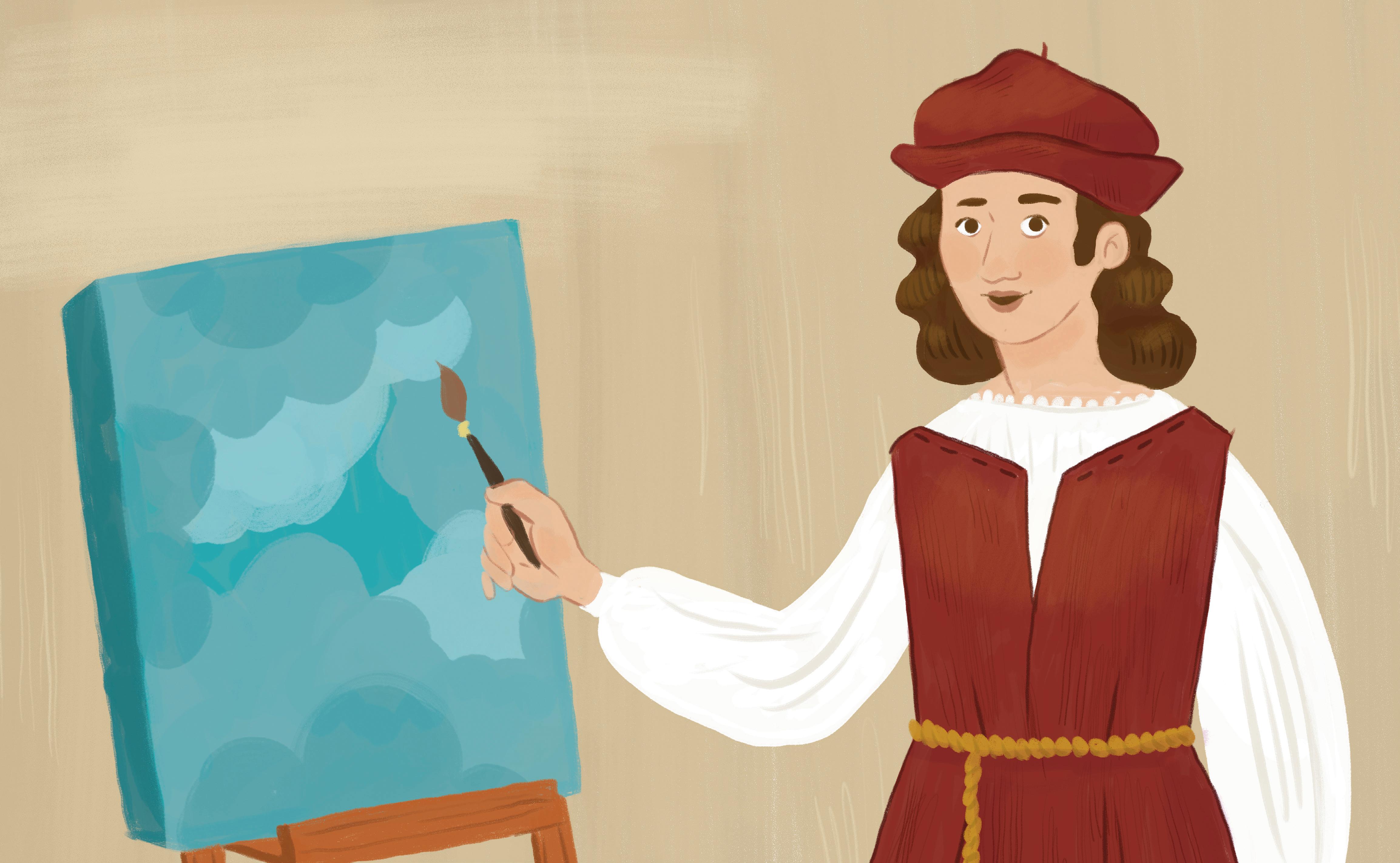My name is Raffaello Sanzio and I am a painter and architect. In a word, I am an artist. I am here to introduce you to the marvelous world in which I lived: Renaissance Italy.
Everywhere there was a great cultural and artistic ferment and I will lead you through some of the most beautiful cities in Italy on a journey discovering the wonderful works of art and great masters.
I was very lucky to be born in Urbino. My father often took me to Palazzo Ducale to admire great masters such as Piero della Francesca. I soon learnt the basics of drawing, painting and frescos and I fell in love with art.
I was eleven when my father died: only then did I realize just how important it had been to learn so much and so many disciplines from such a young age.
IN MEMORY OF
GEOVANI SANTI
After his death, I started to travel to perfect my art and to find people who would commission work from me.
In Perugia, I joined the workshop of Perugino who, at the time, was the most famous painter of the era. I worked with him for almost four years starting in 1494. His influence was extremely important and his art inspired some of my best works.
In 1504 I moved to Florence to study the great masters and the many artists of my time. I admired the works of Donatello, Masaccio and Brunelleschi later considered the fathers of the Florentine Renaissance, who were the creators of such splendid masterpieces such as David, the frescoes of the Brancacci Chapel, the Dome of Santa Maria del Fiore and many others.
I was awed by Leonardo da Vinci, by the grace of the people portrayed in his paintings and by the beauty and harmony of their faces. Michelangelo taught me to convey strong emotions using the contrast between light and dark. Florence was the right choice. A rich city, a city that loved beauty: perfect for a young painter like myself looking for fame and work.
In Florence I painted many Madonnas with Baby Jesus for the rich Florentine bourgeois families. They appreciated so much this kind of painting that I started to become rather famous. My portraits were especially sought-after by private clients who were my main customers at the time.
In the meantime I continued to work for churches and convents in nearby areas (especially in Umbria and the Marche region), painting many altarpieces.
At the end of 1508, Pope Julius II invited me to Rome, where I was honored to move. To renovate the city, the Pope called the best artists in Italy, including Michelangelo and Bramante, as well as myself.
Julius II and his successor, Leo X, assigned me many commissions: to decorate the rooms of the Pope’s apartments and prepare the designs for the tapestries that would be used to decorate the Sistine Chapel during the most important occasions. But also to oversee the work in St Peter’s Basilica, to register ancient works and to draw the map of Imperial Rome.
The first job I completed in Rome was the decoration of the vault of a room in the Apostolic Palace. It was the Room of the Segnatura, formerly Pope Julius II’s library and private study and then used by the highest court of the Holy See.
When the Pope saw my work, he immediately assigned me the task of frescoing all the rooms in his apartments: I had convinced him.
After Julius II’s death, the new Pope Leo X soon assigned me more work. Though I was a painter by trade, I also had a lot of experience as an architect. Taking over from Bramante, I dealt with the renovations of St Peter’s Basilica which had been demolished by Julius II to be rebuilt even bigger and more impressive.
In Rome I continued painting many portraits, but this could no longer be considered the main part of my work (as it had been in Florence).
I still enjoyed painting them, because I was doing them for my closest friends and for the most important personages of Rome. In 1519, I finished painting La Fornarina, one of my best portraits.
In my life, I was lucky enough to be surrounded by art and beauty but my success is not only due to my talent. I studied and travelled a lot, meeting new people and listening to other people’s viewpoints. I, therefore, grew as an artist and as a person. Take my advice: don’t be afraid to get out there and make the world a better place!
